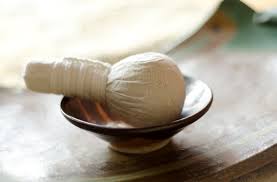|
“Healing with medicinal plants is as old as mankind itself.” Of the plants, flowers, and herbs that have been used since the beginning of time to assist in healing; those with emollient properties offer incredibly simple & accessible healing uses. Emollient herbs go far beyond almond, echinacea, slippery elm, and arnica; however, these four herbs are user-friendly and relatively easy to find in your local & specialty markets. What are emollient herbs? Emollient herbs are used externally to soften and soothe the skin. It is generally understood that mucilage rich herbs often offer the best emollient properties. Emollients have the capability of breaking up dead skin and restoring moisture.. Popular in skin care formulations, emollient herbs such as almond, slippery elm, comfrey, and arnica can often be found alone or a component of such healing blends. Such herbal treatments are highly beneficial for skin dis-eases like dermatitis, eczema, & psoriasis There are numerous means in which one may prepare and administer emollient herbs. External washes, poultices, and ointments are just a few ways to incorporate these herbs into your own healing regime. ALMOND [prunus amygdalus] A popular plant used internally & externally almond lends itself to an array of applications. Externally the sweet variety of this emollient herb is great for hair & skin application. Relieve dry skin, psoriasis, eczema, rosacea, & even remove makeup.
ARNICA [arnica montana]: Used as an ointment arnica, helps to promote the healing of wounds, bruises, and irritation. Arnica may also be used as a compress on the stomach to relieve abdominal pain.
COMFREY [symphytum officinale] Externally comfrey may be used to assist in healing wounds, bruises, sores, and insect bites. The hot pulp of the rootstock makes a good external application for bronchitis, pleurisy, as well as for the pain & inflammation of pulled tendons.
SLIPPERY ELM [ulmus fulva] It is said that there is “no superior in the line of poultices, used either alone or combined with other herbs” than slippery elm. Slippery elm may be applied externally as a remedy for inflamed skin & wounds. It has popularly been used to make rectal & vaginal suppositories. Slippery elm poultices are often used as a carrier or base for herbs such as wormwood, goldenseal, comfrey, and more.
0 Comments
Leave a Reply. |
AuthorOur Passions: Archives
July 2018
Categories |


 RSS Feed
RSS Feed